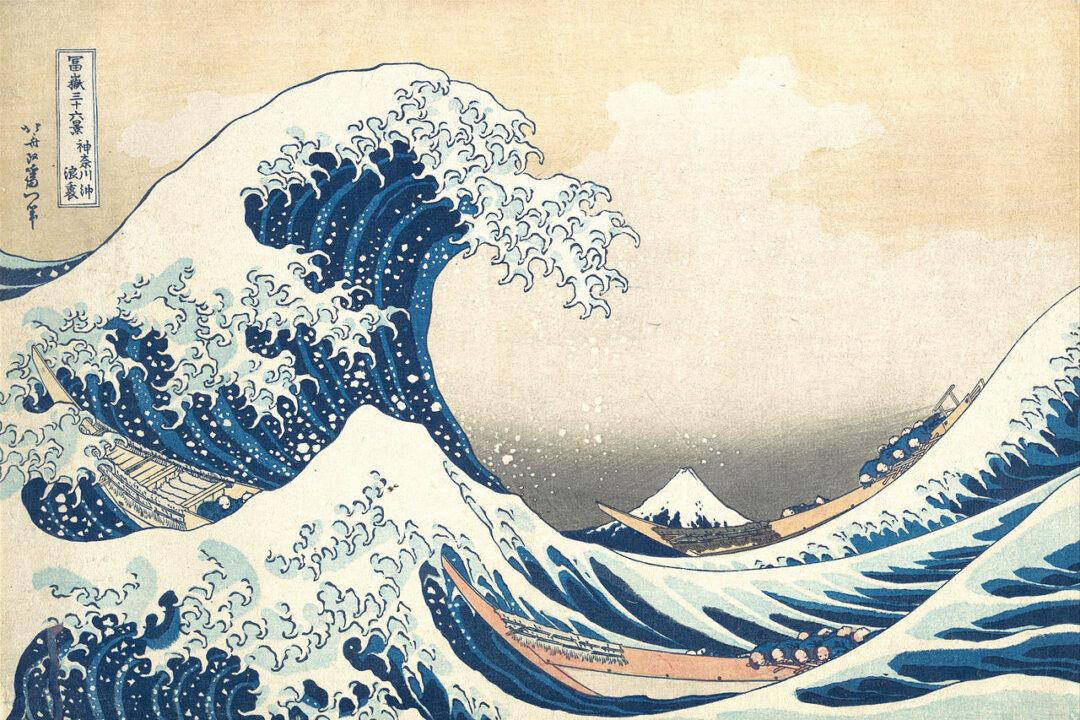The artworld is awash with nontraditional art. Refreshingly, independent art scholar and critic Michelle Marder Kamhi offers us an honest look at the artworld through the lens of traditional art in her book “Bucking the Artworld Tide: Reflections on Art, Pseudo Art, Art Education & Theory.” Kamhi’s enthusiastic mission to defend traditional art may compel many to grab an oar and join her in her boat against the tide.

Art critic and scholar Michelle Marder Kamhi, 2014. Helene Glanzberg






